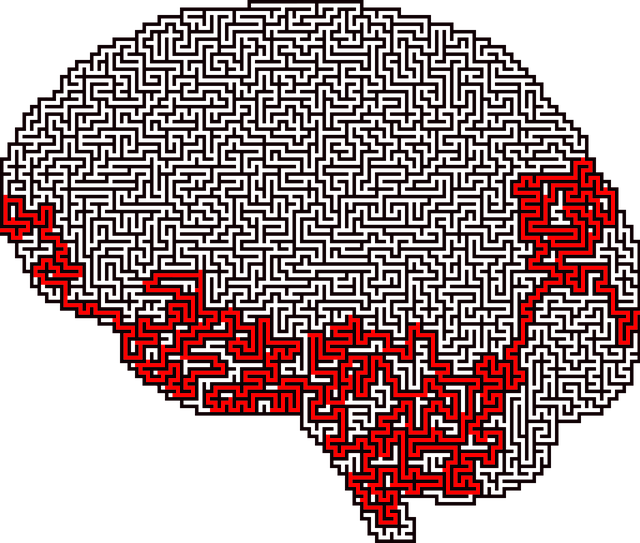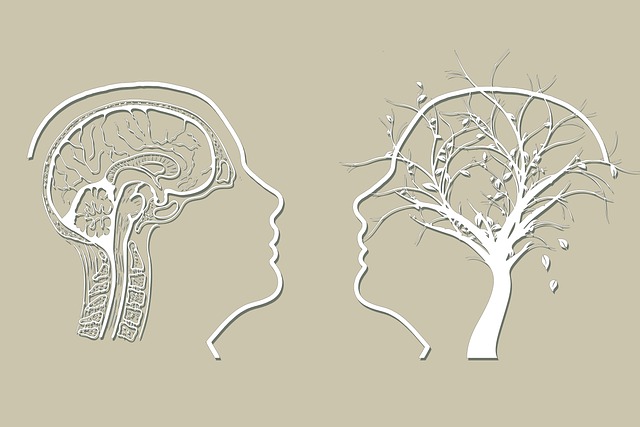Substance abuse is a multifaceted issue, often rooted in mental health conditions like Centennial Adjustment Disorder (CAD). CADT offers a comprehensive solution by integrating traditional therapy with modern techniques, addressing both CAD and substance abuse. This holistic approach emphasizes risk assessment, community outreach, and resilience building to prevent relapse. Lifestyle changes, including exercise, diet, and sleep, coupled with evidence-based therapies and mental health education, empower individuals to manage stress and make healthier choices. Community-based support programs, leveraging CADT aftercare initiatives, provide structured peer support and mentorship, fostering long-term recovery and positive mental health outcomes.
Substance abuse poses significant risks, impacting individuals’ physical and mental health, relationships, and overall well-being. This article explores comprehensive risk reduction strategies, ranging from understanding the complex nature of substance abuse and its far-reaching consequences to innovative therapeutic approaches like Centennial Adjustment Disorder Therapy. We also delve into lifestyle modifications and the critical role of community support systems and aftercare programs in fostering long-term recovery.
- Understanding Substance Abuse and Its Impact
- Centennial Adjustment Disorder Therapy: A Novel Approach
- Lifestyle Changes for Risk Mitigation
- Community Support and Aftercare Programs
Understanding Substance Abuse and Its Impact

Substance abuse is a complex issue that goes beyond mere indulging in harmful substances. It’s a multifaceted problem deeply rooted in individual circumstances and societal factors, often driven by underlying mental health conditions such as Centennial Adjustment Disorder (CAD). Those suffering from CAD may turn to drugs or alcohol as a coping mechanism for managing stress, anxiety, or depression stemming from significant life events. The impact of substance abuse extends far beyond the individual, affecting families, communities, and society at large.
Understanding the intricate relationship between mental health and substance abuse is crucial. Effective risk reduction strategies must address both components. Mental Health Education Programs Design that focus on emotional well-being promotion techniques can empower individuals to develop healthier coping mechanisms. By integrating burnout prevention strategies into these programs, we can help those at-risk identify and manage their mental health before turning to substances for relief. This holistic approach not only reduces the likelihood of substance abuse but also fosters long-term resilience and overall well-being.
Centennial Adjustment Disorder Therapy: A Novel Approach

Centennial Adjustment Disorder Therapy (CADT) is a novel approach that integrates traditional therapy methods with modern techniques to address substance abuse and its underlying causes. This holistic treatment model recognizes that mental health issues, such as CAD, often coexist with addiction, making it crucial for mental health professionals to incorporate comprehensive risk assessment strategies. By evaluating clients’ historical and current stressors, relationships, and environmental factors through a Risk Assessment for Mental Health Professionals, CADT allows for tailored interventions.
The Community Outreach Program Implementation within this therapy focuses on building resilience in individuals at risk by connecting them with support networks and enhancing coping mechanisms. This proactive approach not only helps prevent substance abuse but also promotes long-term recovery. Resilience Building is a key component of CADT, empowering clients to navigate life’s challenges without resorting to harmful behaviors, thereby reducing the likelihood of future substance abuse episodes.
Lifestyle Changes for Risk Mitigation

Lifestyle changes play a pivotal role in mitigating risks associated with substance abuse. Individuals striving to reduce their reliance on substances should prioritize holistic well-being, encompassing physical and mental health. Regular exercise, for instance, releases endorphins that can alleviate stress and anxiety, commonly linked to drug cravings. Adopting a balanced diet rich in essential nutrients supports overall health and can curb intense food cravings that may lead to alternative substance substitutes. Adequate sleep is another critical factor; quality rest improves self-control and decision-making abilities, making it easier to resist the urge to use substances.
Incorporating evidence-based practices such as Centennial Adjustment Disorder Therapy into one’s life can significantly aid in managing underlying emotional and psychological issues that may contribute to substance abuse. Burnout prevention strategies for healthcare providers are also applicable here; prioritizing self-care practices like meditation, yoga, or spending time in nature helps maintain mental resilience. Mental health education programs designed with an emphasis on risk reduction can empower individuals to make informed choices and develop healthy coping mechanisms, ultimately fostering a lifestyle conducive to recovery and long-term well-being.
Community Support and Aftercare Programs

Community Support and Aftercare Programs play a pivotal role in the holistic approach to substance abuse risk reduction. Beyond formal therapy, individuals often benefit from structured support networks that foster accountability and emotional resilience. These programs cater to various needs, offering peer groups, family counseling, and mentorship opportunities tailored to promote sustained recovery. For instance, Centennial Adjustment Disorder Therapy (CADT) techniques can be integrated into these aftercare initiatives, empowering participants with coping mechanisms and mindfulness strategies to navigate challenges.
The implementation of effective risk management planning for mental health professionals is integral to this ecosystem. By integrating emotional intelligence and promoting mind over matter principles, therapists can facilitate client engagement in aftercare activities. This proactive approach not only minimizes the risk of relapse but also enhances overall well-being, fostering a supportive community that encourages long-term behavioral changes and positive mental health outcomes.
In addressing substance abuse, a multi-faceted approach is essential. While understanding the root causes, such as Centennial Adjustment Disorder, is crucial, implementing risk reduction strategies that encompass therapy, lifestyle changes, and community support offers the best hope for long-term recovery. Combining these methods allows for personalized care, fostering resilience and improving overall well-being. By integrating evidence-based practices like Centennial Adjustment Disorder Therapy with strong community networks, we can create a supportive environment that empowers individuals to overcome substance abuse and lead fulfilling lives.














